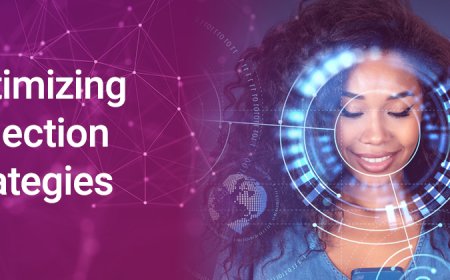The Beginner’s Guide to Understanding Artificial Intelligence (AI) in 2023
Discover the fundamentals of Artificial Intelligence in this beginner’s guide. Learn what AI is, how it works, real-world applications, and why it matters for businesses and everyday life in 2023.
What is Artificial Intelligence (AI) and How Does it Work?
Artificial Intelligence (AI) has become a buzzword in recent years, with advancements in technology leading to the development of increasingly sophisticated AI systems. However, for many people, the concept of AI remains shrouded in mystery and misconception. In this comprehensive guide, we'll explore the fundamentals of AI, how it works, and the different types of AI being used today.
At its core, AI is the ability of a machine or computer system to exhibit intelligent behavior, such as learning, problem-solving, and decision-making. This is achieved through the development of algorithms and software that can mimic the cognitive functions of the human brain. Unlike traditional computer programs, which are limited to executing pre-defined instructions, AI systems are designed to adapt and learn from data, allowing them to perform tasks that were once thought to be the exclusive domain of humans.
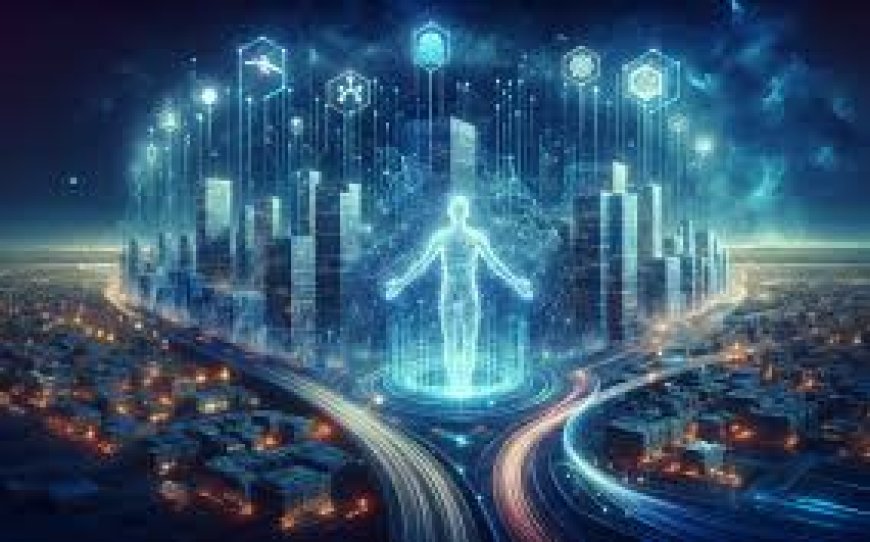
The Key Principles of How AI Works
To understand how AI works, it's helpful to break down the process into a few key principles:
Data Acquisition: AI systems require large amounts of data to "learn" and improve their performance. This data can come from a variety of sources, such as images, text, audio, and video.
Feature Extraction: The AI system analyzes the data to identify the most relevant features or characteristics that can be used to make decisions or predictions. For example, in the case of image recognition, the system might look for features like edges, shapes, and colors.
Model Training: The AI system uses machine learning algorithms to analyze the data and identify patterns or relationships. This process is known as "training" the model, and it allows the system to develop the ability to make accurate predictions or decisions based on new data.
Feedback and Refinement: As the AI system makes decisions or predictions, it receives feedback on its performance. This feedback is used to refine the model, adjusting the weights and parameters to improve its accuracy over time.
It's important to note that the specific implementation of these principles can vary widely depending on the type of AI system and the task it is designed to perform. However, this general framework provides a solid understanding of the core mechanisms that underlie the development and operation of AI technologies.
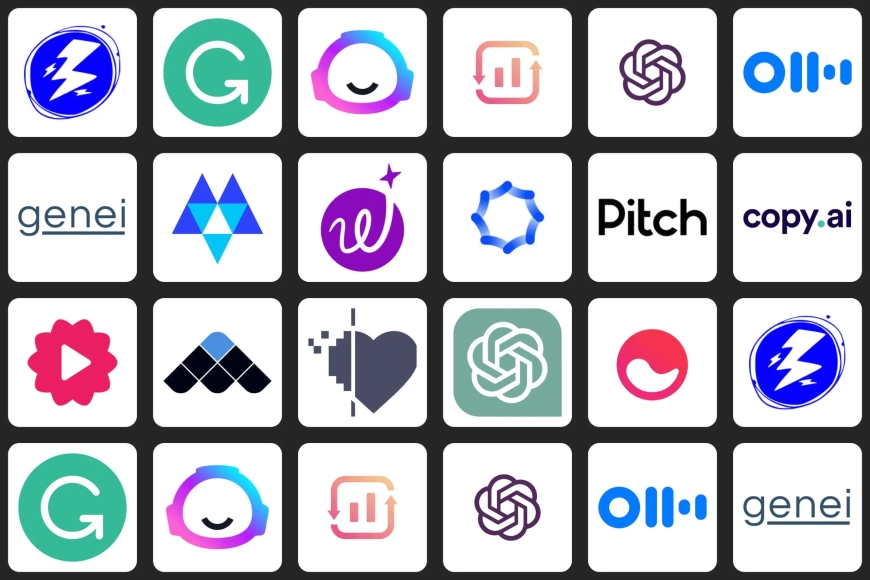
See Also: 9 AI Tools That Make Daily Work Smarter And More Efficient In 2025
The Different Types of Artificial Intelligence
AI can be broadly categorized into several different types, each with its own unique capabilities and applications. Here are some of the most common types of AI:
1. Narrow AI (Weak AI)
Narrow AI, also known as Weak AI, is the most common type of AI currently in use. These systems are designed to perform specific, well-defined tasks, such as image recognition, language translation, or playing chess. Narrow AI systems are highly specialized and excel at the tasks they were trained for, but they lack the general intelligence and adaptability of human beings.
2. General AI (Strong AI)
General AI, or Artificial General Intelligence (AGI), is a hypothetical form of AI that would possess human-like cognitive abilities, including the capacity for abstract reasoning, problem-solving, and adaptability to new situations. While the development of AGI is a long-term goal for many AI researchers, it has not yet been achieved, and the timeline for its realization remains uncertain.
3. Artificial Superintelligence (ASI)
Artificial Superintelligence (ASI) is a hypothetical form of AI that would surpass human intelligence in every domain, including cognitive abilities, creativity, and decision-making. The development of ASI is often seen as a potential existential risk, as an uncontrolled ASI system could potentially pose a threat to humanity. However, the feasibility and timeline for the development of ASI are highly debated within the AI research community.
4. Natural Language Processing (NLP)
Natural Language Processing (NLP) is a subfield of AI that focuses on the interaction between computers and human language. NLP systems are designed to understand, interpret, and generate human language, enabling applications such as chatbots, language translation, and text summarization.
5. Computer Vision
Computer Vision is a subfield of AI that deals with the ability of computers to interpret and understand digital images and videos. Computer Vision AI systems are used in a wide range of applications, including object detection, facial recognition, and autonomous vehicles.
6. Generative AI
Generative AI is a type of AI that can create new content, such as text, images, or audio, based on the patterns it has learned from existing data. Examples of Generative AI include language models like GPT-3 and image generation tools like DALL-E.
Read Also:
- The Role Of Professional Ethics In Law Enforcement: Safeguarding Justice, Integrity, And Public Trust
- Access Holdings Director Roosevelt Ogbonna Resigns From Board, Remains Access Bank MD
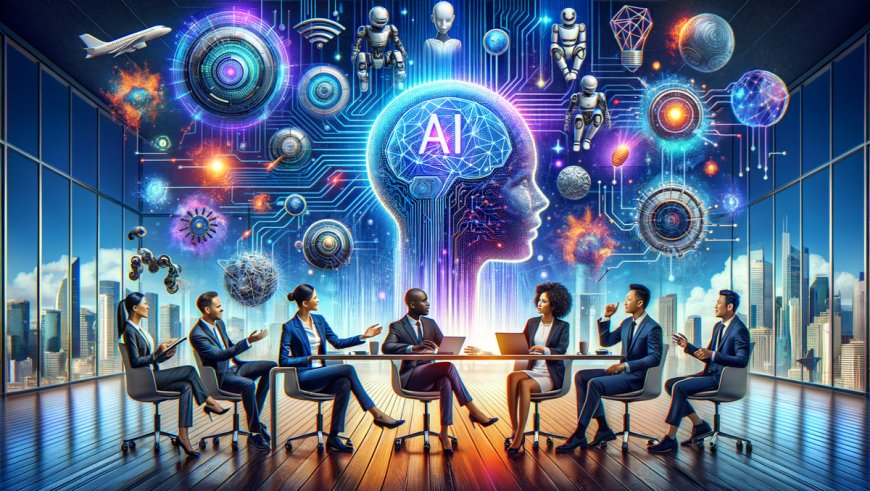
The Potential Risks and Concerns of AI
While the advancements in AI have brought about numerous benefits, there are also valid concerns and potential risks that need to be addressed. Some of the key concerns include:
1. Bias and Discrimination
AI systems can perpetuate and amplify existing biases present in the data used to train them. This can lead to discriminatory outcomes, such as job applicants being unfairly rejected or loan applications being denied based on factors like race, gender, or socioeconomic status.
2. Transparency and Explainability
Many modern AI systems, particularly those based on deep learning, are often referred to as "black boxes" due to the complexity of their inner workings. This lack of transparency can make it difficult to understand how the AI system arrived at a particular decision or prediction, which can be problematic in high-stakes applications like healthcare or criminal justice.
3. Job Displacement
The increasing automation of tasks through AI has raised concerns about job displacement, as AI systems may be able to perform certain tasks more efficiently and cost-effectively than human workers. While some experts believe that AI will create new job opportunities, the transition may be disruptive for certain industries and communities.
4. Existential Risks
The potential development of Artificial Superintelligence (ASI) has sparked concerns about the possibility of an AI system becoming uncontrollable and posing an existential threat to humanity. While this scenario is highly speculative and the timeline for the development of ASI is uncertain, it remains a topic of ongoing debate and research.
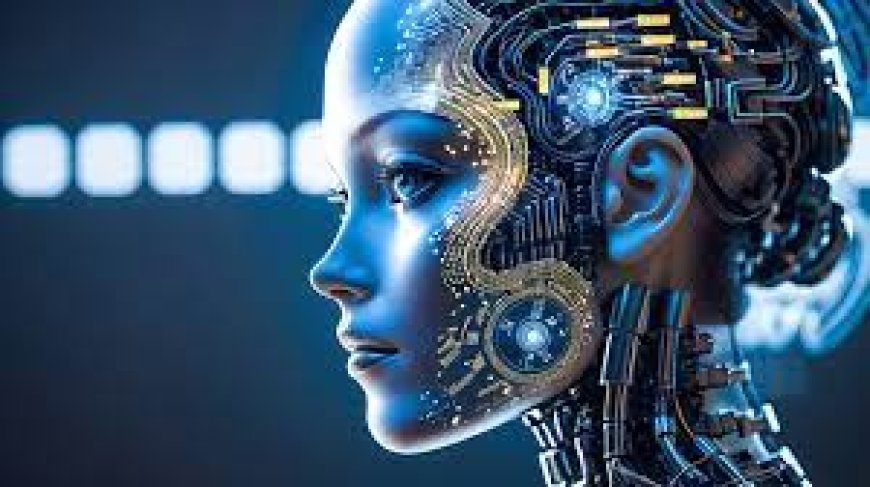
The Future of AI and How to Prepare
As AI continues to evolve and become more integrated into our daily lives, it's important to consider how we can harness the benefits of this technology while mitigating the potential risks. Here are some ways to prepare for the future of AI:
1. Promote Responsible AI Development
Governments, policymakers, and AI developers should work together to establish ethical guidelines and regulations for the development and deployment of AI systems. This includes addressing issues like bias, transparency, and the potential impact on jobs and society.
2. Invest in AI Education and Skill Development
As the job market evolves, it will be crucial for individuals to develop the skills necessary to work alongside AI systems. This may involve learning how to use and interpret AI-powered tools, as well as developing the critical thinking and problem-solving skills needed to thrive in an AI-driven economy.
3. Embrace Lifelong Learning
Given the rapid pace of technological change, it will be important for individuals to adopt a mindset of continuous learning and adaptation. This may involve regularly upskilling, retraining, and exploring new career paths to stay relevant in an AI-driven job market.
4. Collaborate with AI
Rather than viewing AI as a threat, it's important to see it as a tool that can augment and enhance human capabilities. By learning to work alongside AI systems, individuals and organizations can leverage the strengths of both human and artificial intelligence to solve complex problems and drive innovation.
Conclusion
Artificial Intelligence is a rapidly evolving field that is already transforming our world in profound ways. By understanding the fundamentals of how AI works, the different types of AI, and the potential risks and opportunities it presents, we can better prepare for the future and ensure that the development of AI technology benefits humanity as a whole.
As we continue to push the boundaries of what is possible with AI, it will be crucial for individuals, organizations, and policymakers to work together to create a future where AI is harnessed responsibly and ethically. By embracing the power of AI while remaining vigilant about its potential pitfalls, we can unlock the immense potential of this transformative technology and create a better world for all.
Reported By:

ADVERT
Kindly share this story:
Contact: report@probitasreport.com
Stay informed and ahead of the curve! Follow The ProbitasReport Online News Report on WhatsApp for real-time updates, breaking news, and exclusive content especially when it comes to integrity in business and financial fraud reporting. Don't miss any headline – and follow ProbitasReport on social media platforms @probitasreport
[©2025 ProbitasReport - All Rights Reserved. Reproduction or redistribution requires explicit permission.]
What's Your Reaction?


























